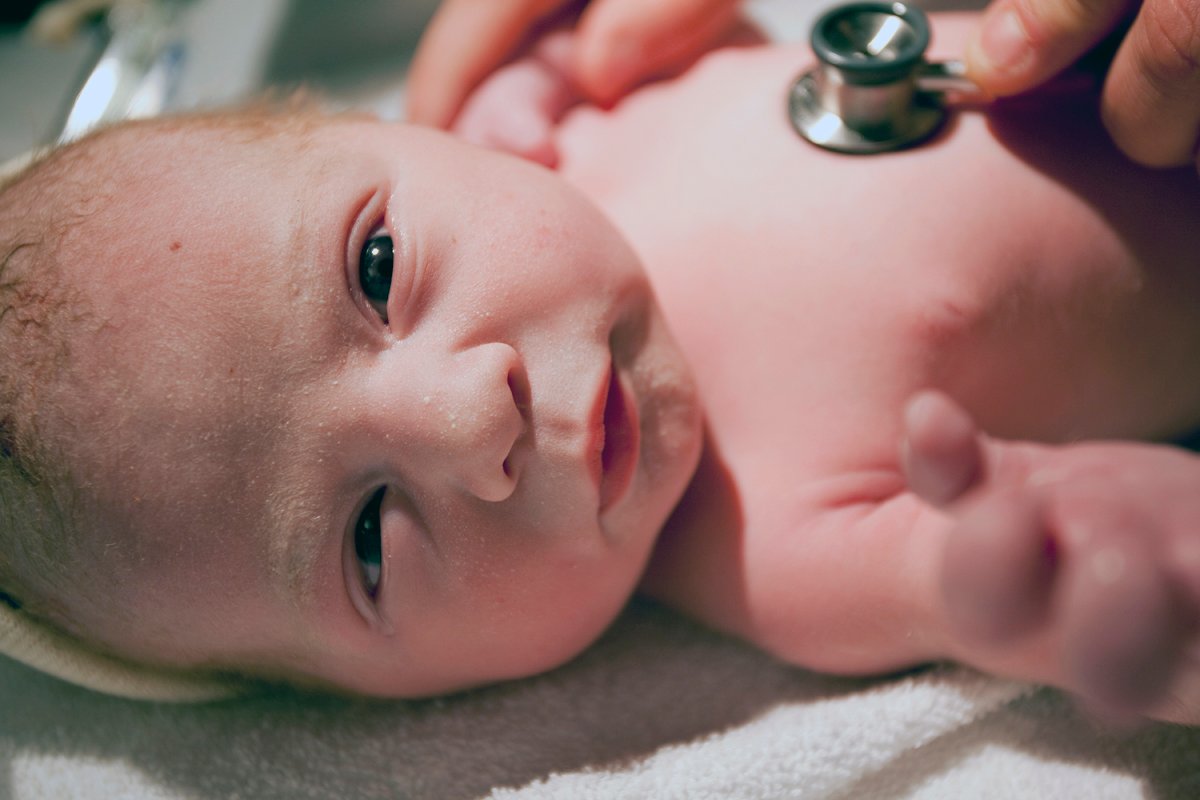How to Treat Measles in Infants

Measles is a contagious viral disease that is transmitted by airborne droplets (when talking, coughing, sneezing). It is characterised by the mucous membranes of the mouth and upper respiratory tract.
The main symptoms of infection include a typical measles rash, weight loss, running nose, redness of the eyes and high fever in most cases. Treatment of measles is very important for hygienic maintenance of the skin and mucous membranes.
Healthy infants under the age of 3-6 months usually have an innate immunity against measles. However, it is recommended to seek medical advice after seeing any of the above symptoms to avoid possible complications.
Instructions
-
1
Measles vaccination can be carried out twice: first at the age of 12-15 months and the second after three years. The use of a second dose of vaccine is to protect those children who have not been previously vaccinated. Vaccination in most cases protects against measles, or helps to alleviate its flow and prevents long-term preservation of a similar virus in the body, which can lead to the development of some chronic diseases of the central nervous system (multiple sclerosis).
-
2
Check the temperature of the infant. If the temperature is higher than 38°, you can provide mild analgesic such as paracetamol.
-
3
It is necessary to wash the eyes of the infant 3-4 times a day. However, you can bathe the infant only when the temperature returns to normal. If the infant is very irritated by the itching, you can use a soothing ointment.
-
4
Fruit drinks are highly recommended and it is advisable to give him/her Vitamin C (liquid form) to slow down the proliferation of the virus. As soon as the infant feels better, start to give him/her dairy products.
-
5
To normalise the infant's body temperature, you can use antipyretics like paracetamol and Nurofen (ibuprofen) in the form of tablets, syrup or suppository.
-
6
In severe forms of measles, you can use detoxification therapy, containing intravenous fluids with 10% glucose and other drugs or antibiotics. It is best to visit the doctor and take his/her advice for this type of therapy.




